Introduction Of Roblox
Roblox has officially rolled out its new Commerce APIs, enabling creators to sell physical merchandise directly within their games and experiences. This marks a significant expansion in how developers and brands can monetize their content on the platform—beyond virtual goods and one-time access fees.

Table of Contents
The company began testing physical product sales in select branded experiences in mid-2024. By September, It’s had announced an upcoming partnership with Shopify that would make these capabilities widely available. Now, after a successful closed beta, the integration is being opened to all eligible creators and brands.
This new functionality is currently available to U.S. users aged 13 and older within all-ages experiences. It’s plans to broaden access to more regions and partners in the coming months.
For brands, the Commerce APIs represent a powerful new channel for reaching consumers. One notable early adopter is beauty brand Fenty, which is preparing to launch a shoppable Roblox experience featuring an exclusive shade of its Gloss Bomb called “Grape Splash.”
The APIs also support bundling digital and physical products. For instance, a customer purchasing a physical hoodie can receive a matching version for their digital avatar.It’s is further enhancing this initiative through its new Approved Merchandiser Program (AMP). AMP allows creators and brands to link real-world product purchases to exclusive digital items. Products that are part of this program will include a badge and a code for redeeming a related virtual accessory on it’s —serving as a mark of authenticity and value for consumers.
“Our vision for the future of shopping is more immersive and social than traditional online retail,” it’s said in a blog post. “On our platform, users can explore virtual stores, try on outfits, and shop together. Now, we’re bridging the gap between digital and physical retail.”
The early results are promising. Creator studio Twin Atlas, one of the first to use the new APIs, reported generating six-figure revenue within the first few weeks. According to Roblox, about 90% of their total orders were placed through the in-game integration.
As virtual worlds continue to evolve into commercial hubs, Roblox’s latest move signals a step closer to merging digital engagement with real-world commerce in a seamless, social, and interactive way.Roblox has officially rolled out its new Commerce APIs, enabling creators to sell physical merchandise directly within their games and experiences. This marks a significant expansion in how developers and brands can monetize their content on the platform—beyond virtual goods and one-time access fees.
The company began testing physical product sales in select branded experiences in mid-2024. By September, Roblox had announced an upcoming partnership with Shopify that would make these capabilities widely available. Now, after a successful closed beta, the integration is being opened to all eligible creators and brands.
This new functionality is currently available to U.S. users aged 13 and older within all-ages experiences. Roblox plans to broaden access to more regions and partners in the coming months.
For brands, the Commerce APIs represent a powerful new channel for reaching consumers. One notable early adopter is beauty brand Fenty, which is preparing to launch a shoppable Roblox experience featuring an exclusive shade of its Gloss Bomb called “Grape Splash.”
The APIs also support bundling digital and physical products. For instance, a customer purchasing a physical hoodie can receive a matching version for their digital avatar.
Roblox is further enhancing this initiative through its new Approved Merchandiser Program (AMP). AMP allows creators and brands to link real-world product purchases to exclusive digital items. Products that are part of this program will include a badge and a code for redeeming a related virtual accessory on Roblox—serving as a mark of authenticity and value for consumers.
“Our vision for the future of shopping is more immersive and social than traditional online retail,” Roblox said in a blog post. “On our platform, users can explore virtual stores, try on outfits, and shop together. Now, we’re bridging the gap between digital and physical retail.”
The early results are promising. Creator studio Twin Atlas, one of the first to use the new APIs, reported generating six-figure revenue within the first few weeks. According to Roblox, about 90% of their total orders were placed through the in-game integration.
As virtual worlds continue to evolve into commercial hubs, Roblox’s latest move signals a step closer to merging digital engagement with real-world commerce in a seamless, social, and interactive way.


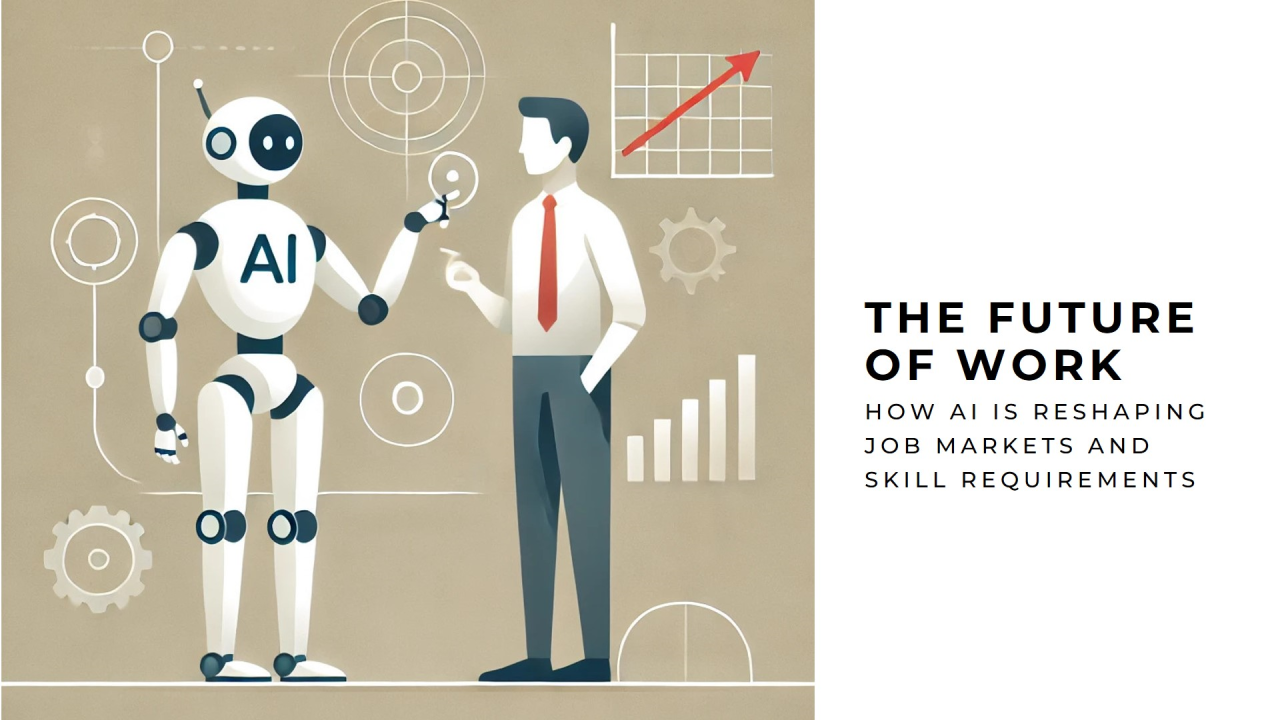





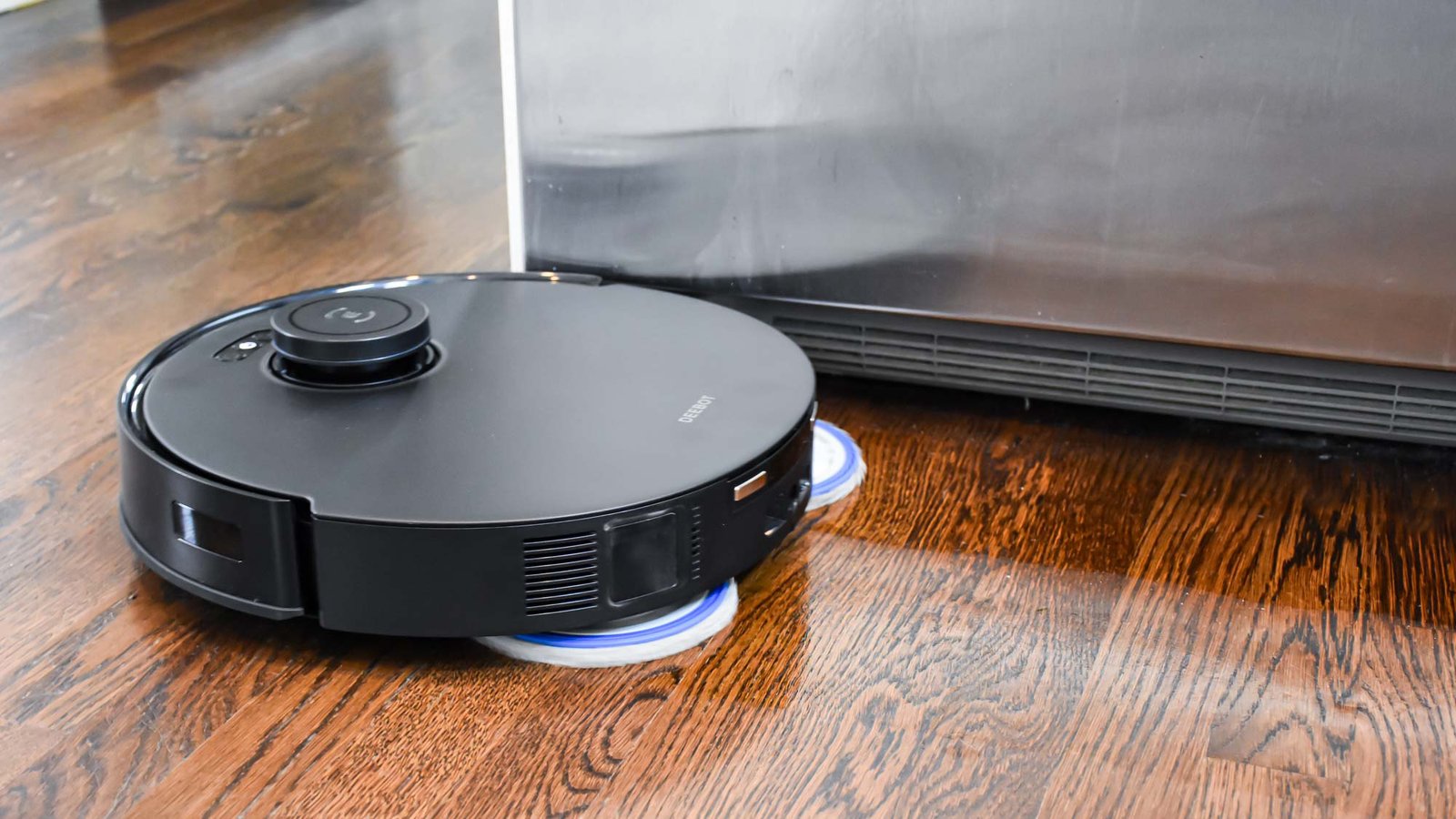


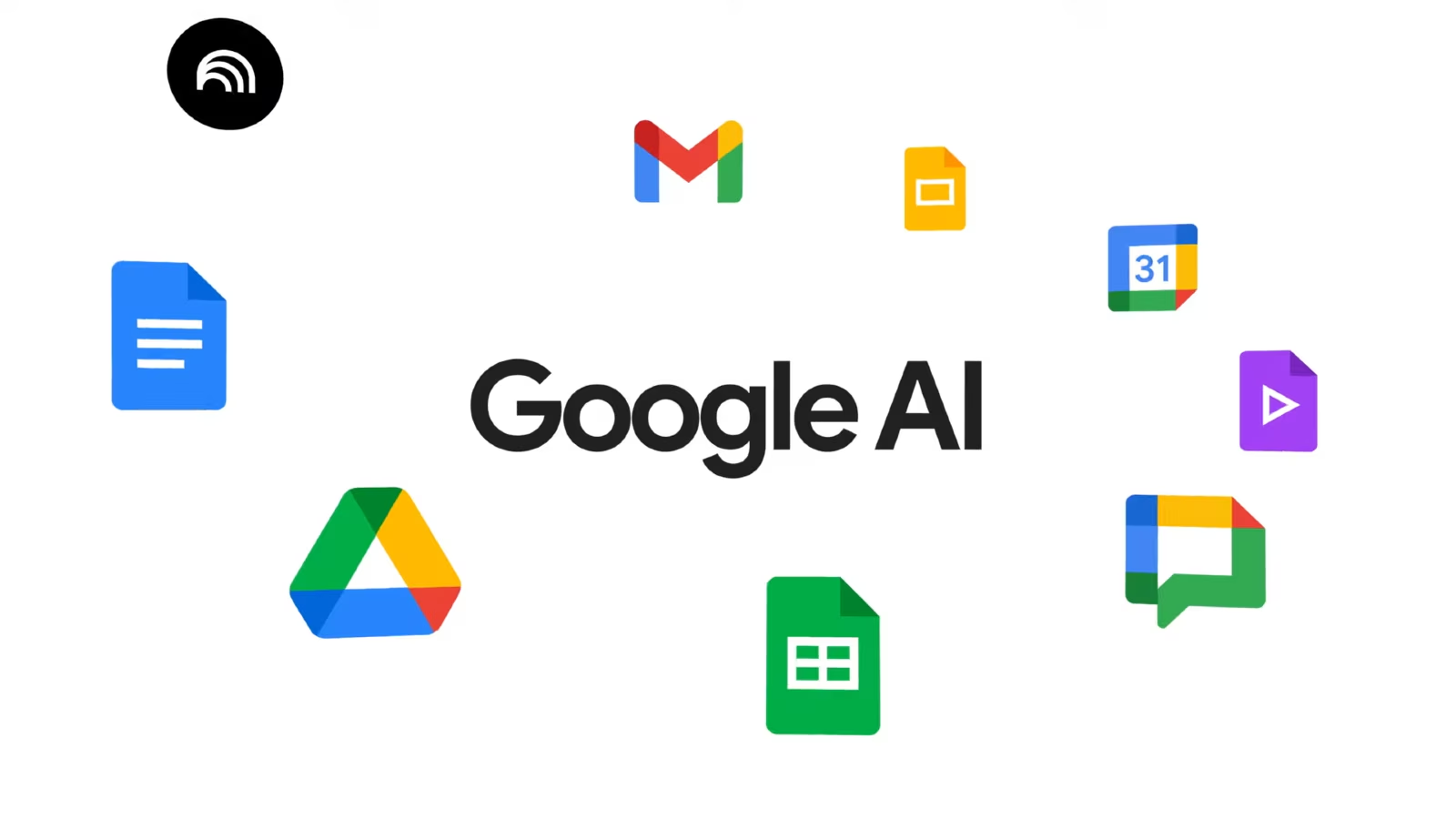


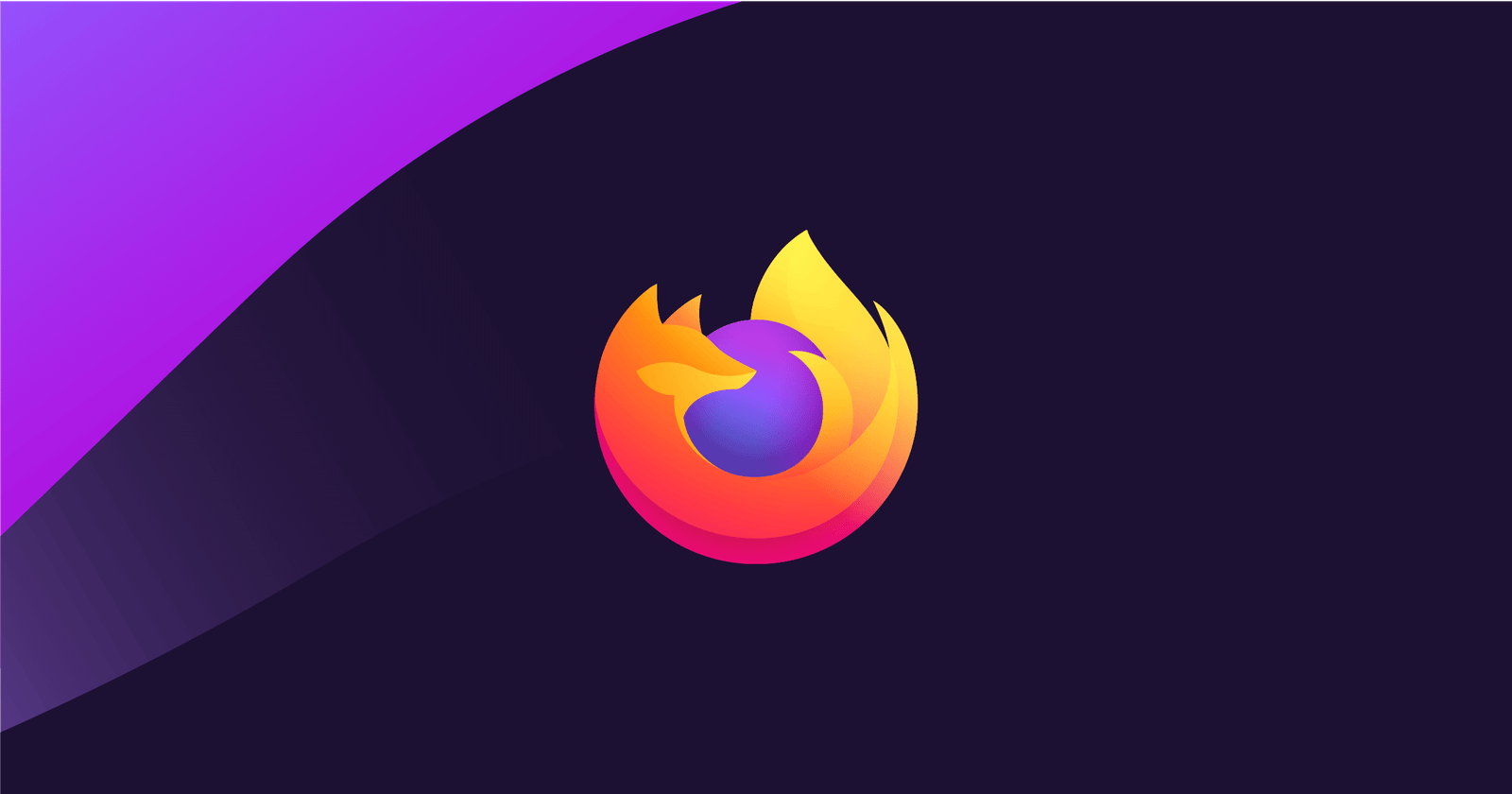
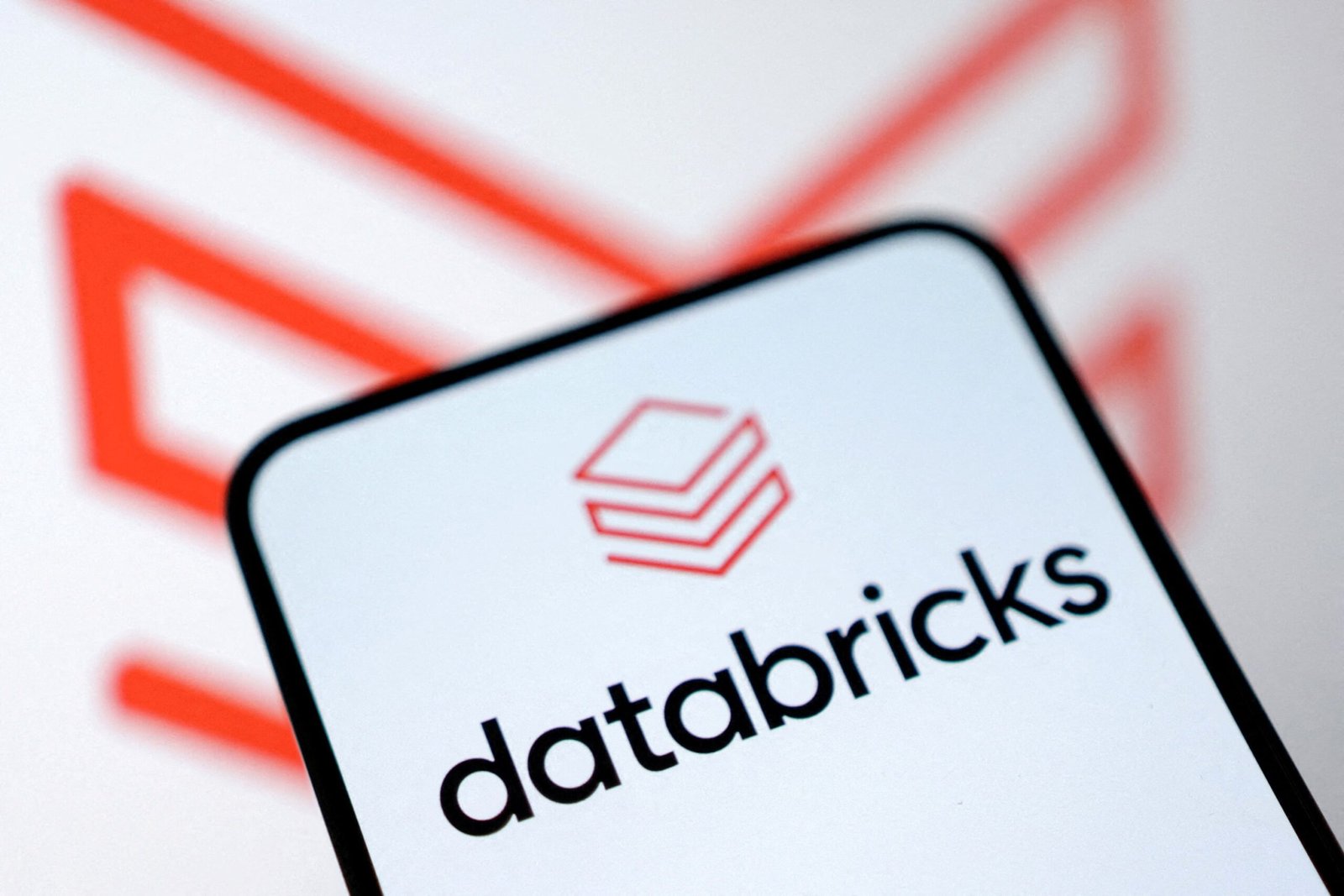

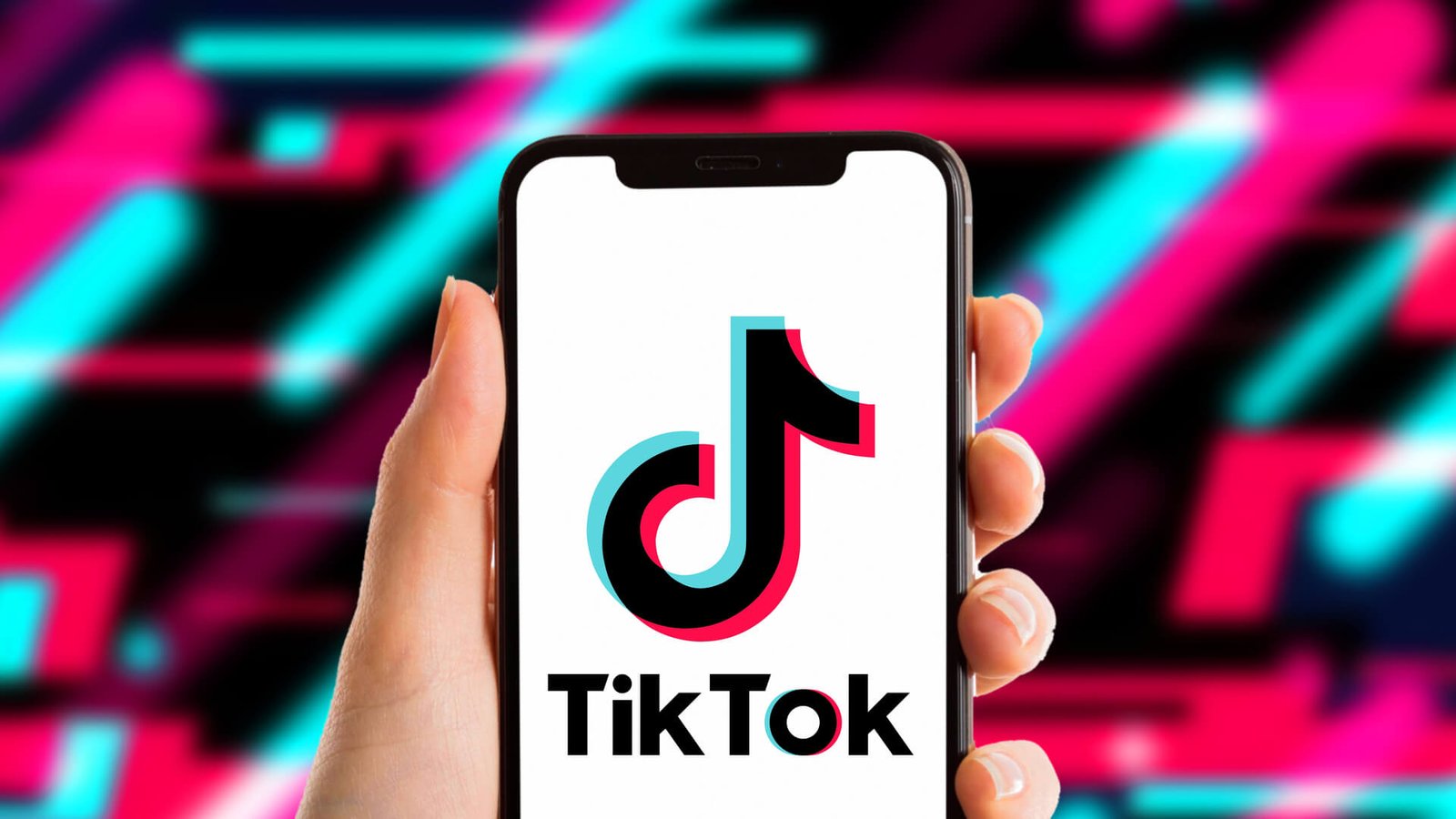


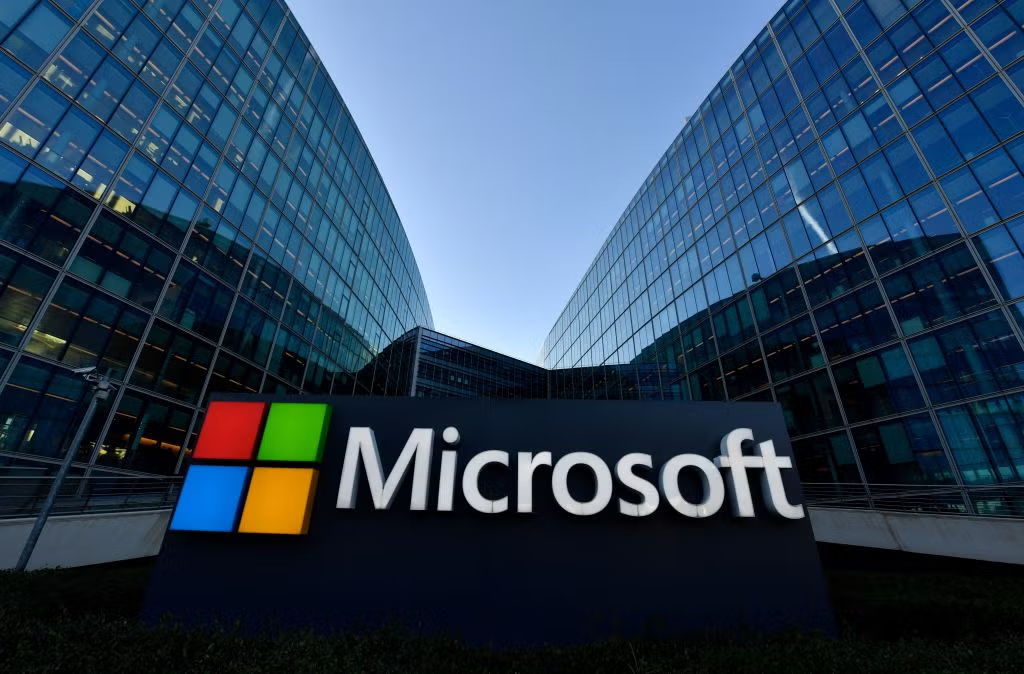







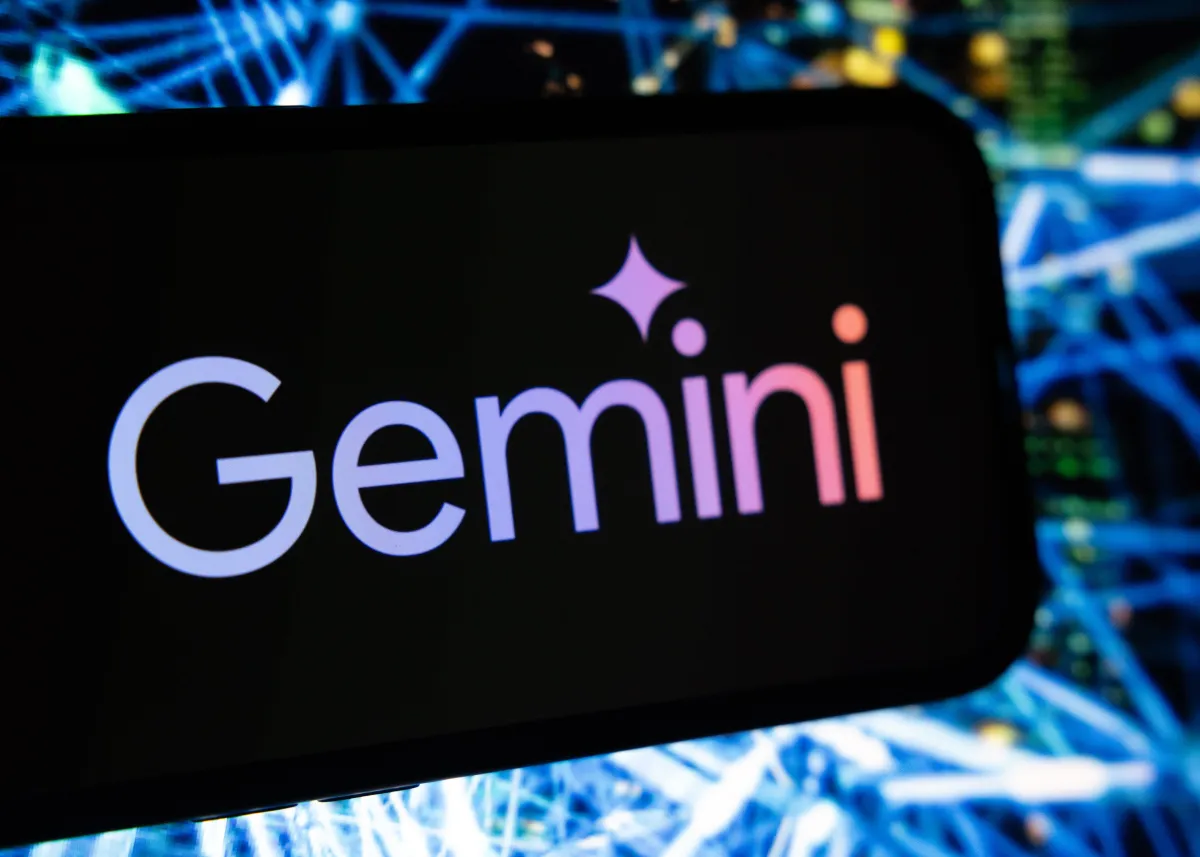

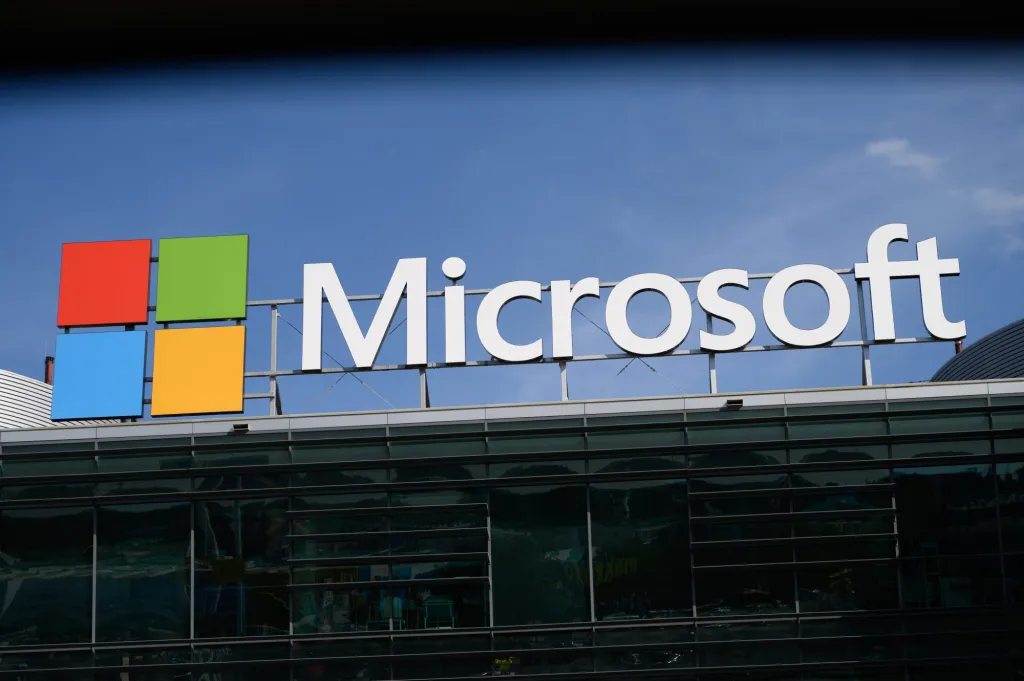

RichardLuche
Dating websites provide a innovative approach to connect people globally, combining intuitive tools like profile galleries and compatibility criteria.
Key elements include video chat options, social media integration, and personalized profiles to streamline connections.
Smart matching systems analyze behavioral patterns to suggest compatible matches, while account verification ensure trustworthiness.
https://materiascritta.com/dating/why-hentai-is-more-than-just-cartoon-porn/
Leading apps offer premium subscriptions with exclusive benefits , such as unlimited swipes , alongside real-time notifications .
Whether seeking long-term relationships, these sites cater to diverse needs , leveraging AI-driven recommendations to foster meaningful bonds.
RichardLuche
Dating websites provide a innovative approach to connect people globally, combining intuitive tools like photo verification and interest-based filters .
Core functionalities include secure messaging , geolocation tracking , and personalized profiles to streamline connections.
Smart matching systems analyze behavioral patterns to suggest compatible matches, while privacy settings ensure safety .
https://rampy.club/dating/the-shift-toward-authentic-adult-content/
Leading apps offer premium subscriptions with exclusive benefits , such as priority in search results, alongside real-time notifications .
Whether seeking casual chats , these sites adapt to user goals, leveraging community-driven networks to foster meaningful bonds.
KevinGet
Нужно найти информацию о пользователе? Наш сервис предоставит детальный отчет мгновенно.
Используйте продвинутые инструменты для поиска цифровых следов в открытых источниках.
Узнайте контактные данные или интересы через автоматизированный скан с гарантией точности .
глаз бога тг бесплатно
Бот работает с соблюдением GDPR, обрабатывая общедоступную информацию.
Закажите расширенный отчет с геолокационными метками и списком связей.
Доверьтесь надежному помощнику для digital-расследований — результаты вас удивят !
Jerryliage
Back then, I believed medicine was straightforward. The system moves you along — nobody asks “what’s really happening?”. It felt official. Then cracks began to show.
Then the strange fog. I blamed my job. And deep down, I knew something was off. I searched forums. The warnings were there — just buried in jargon.
fildena strong 120 mg
That’s when I understood: one dose doesn’t fit all. The reaction isn’t always immediate, but it’s real. Side effects hide. Still we trust too easily.
Now I pay attention. Not because I’m paranoid. I track everything. Not all doctors love that. This is survival, not stubbornness. The lesson that stuck most, it would be keyword.
TtyaBom
Портал предлагает рецепты с расчетом времени на каждый этап. Это помогает точно планировать процесс приготовления, особенно когда готовишь несколько блюд.
Сайт titaya.kherson.ua
ThomasZooxy
Les modèles connectées intègrent des technologies innovantes en fitness .
Dotées de GPS précis et de moniteur cardiaque , elles répondent à tous niveaux.
L’autonomie atteint jusqu’à 14 jours selon le modèle, parfaite pour activités intenses .
montres golf Garmin
Les fonctions santé analysent le sommeil ainsi que les calories, aidant à global .
Intuitives pour personnaliser, elles s’adaptent facilement dans votre vie, avec une interface intuitive .
Choisir Garmin c’est profiter de une technologie éprouvée dans la gestion de vos performances .
ErnestVet
Bilinçli casino oynamak , riskleri azaltır.
Oyun bütçenizi önceden belirlemek , kontrolü tutmaya olanak tanır.
Hesabınızı hariç tutma araçlarını kullanmak, sorunları engellemenize destek olur .
Alevtr Casino
Bahislerin etkilerinin farkında olmak, dengeli katılım sağlar .
Erken aşamada danışmanlık hizmeti danışmak, keyfi çözmeye yardımcı olur .
Bu önlemler, sorumluluk dolu bahis süreci keyfini maksimize eder.